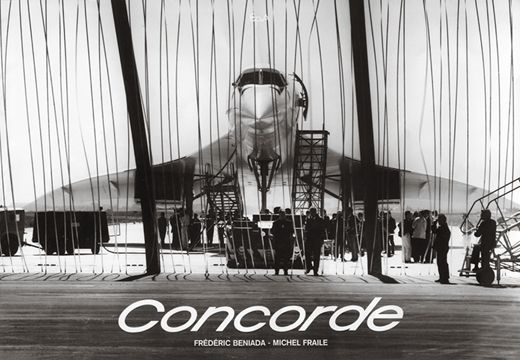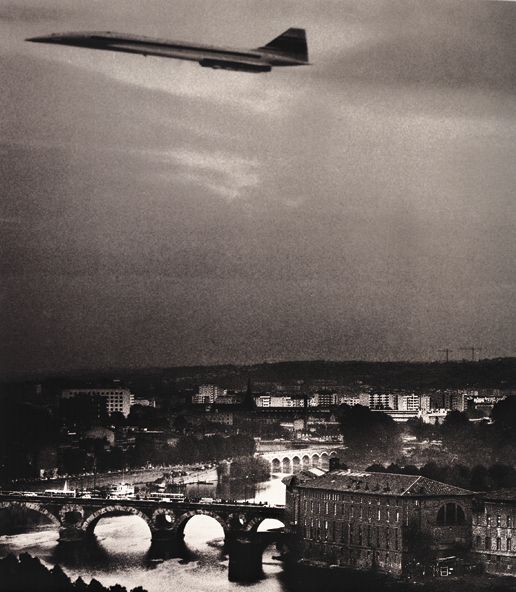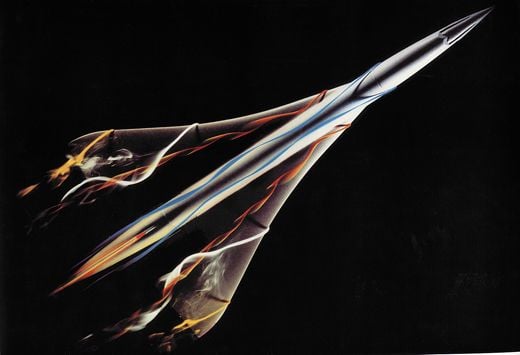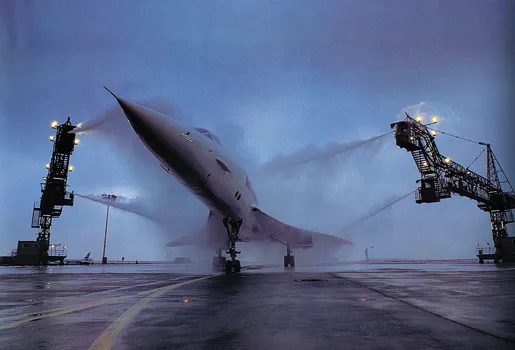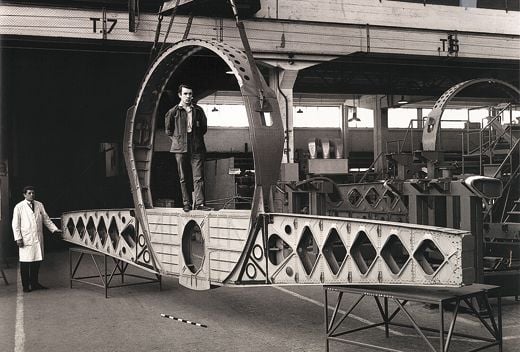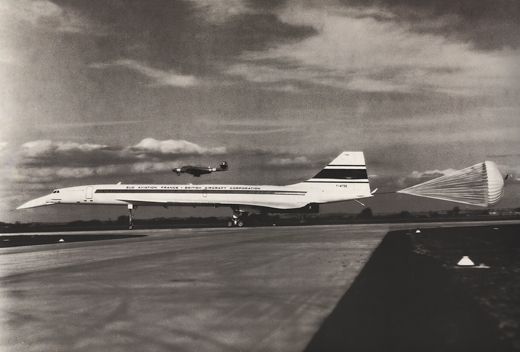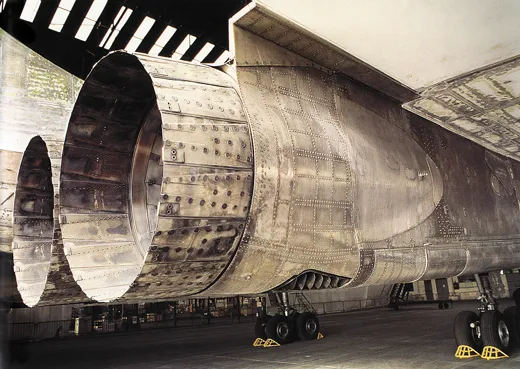Sleeping Beauty
A last, longing look at the Concorde.
/https://tf-cmsv2-smithsonianmag-media.s3.amazonaws.com/filer/concorde_631-feb08.jpg)
Who doesn’t miss the Concorde? The loveliest airliner ever built retired in 2003, after 25 years of passenger service, and the airports it frequented haven’t been the same. Few of us got the chance to fly on the supersonic jet, but simply seeing it was a memorable experience.
Europe, the United States, and Barbados. If you can’t make it to one of them, we’d advise taking a look at the recently published Concorde (Zenith Press, 2006), a book for those who never tire of admiring the airliner’s magnificent lines.
With text by French journalist and pilot Frédéric Beniada and 120 images selected by photo editor Michel Fraile, Concorde provides a history of the supersonic transport’s career, starting with its joint development in the 1960s by Sud Aviation in France and British Aircraft Corporation in the United Kingdom. A design compromise only made the transport more exquisite. Engineers had considered giving the aircraft a delta wing. The triangular shape is excellent for generating lift and reducing drag at supersonic speeds, but when the airliner takes off, climbs out, maintains a holding pattern, or lands, it flies at subsonic speeds, and at those, the delta wing’s lift is insufficient. By gently curving the lines into an ogival shape, like a bullet’s nose, engineers gave the Concorde sufficient low-speed lift—and the appearance of a great white bird.
Flying at Mach 2.2, the Concorde could cross the Atlantic in under four hours. Compare that with the doleful seven to eight hours that a conventional jet requires and it’s easy to understand why the Concorde will always be the airliner of our dreams.
Click here to find out where to see a Concorde on display in the United States.
